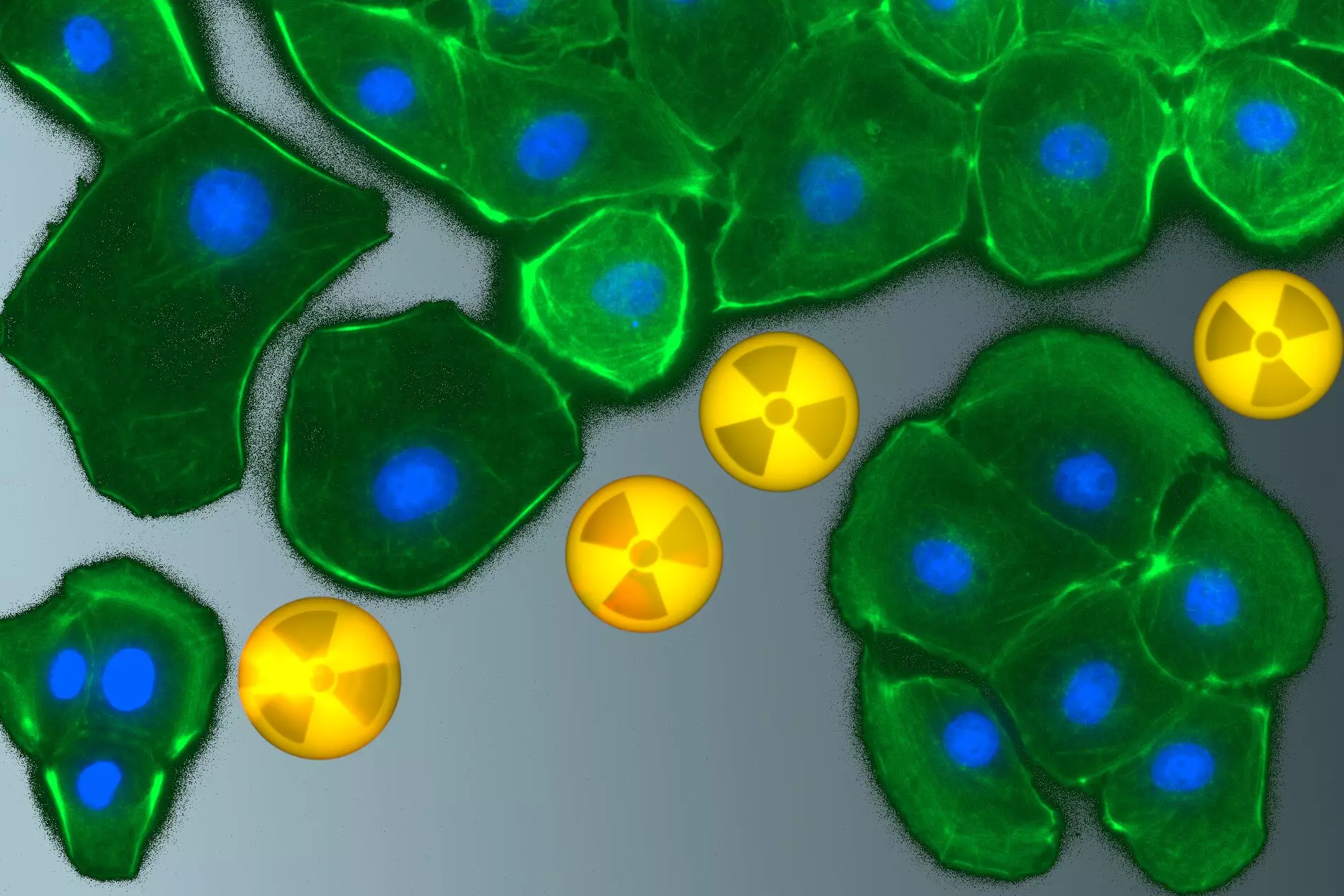Radionuclides present a profound challenge to human health, emerging as often overlooked adversaries in the complex world of environmental toxins. Whether infiltrating our bodies through the air we breathe, the food we consume, or even through traumatic injuries, these substances can accumulate and wreak havoc on vital organ systems. While there has been significant focus on animal studies, much remains unknown about their toxicity at the cellular and molecular levels—particularly concerning kidney cells, which fulfill a crucial role in detoxifying and excreting heavy metals and various radionuclides.
Recent research highlights a concerning picture of how these substances interact with the human body, particularly in the kidneys, which act as the first line of defense against heavy metal accumulation. This calls for an in-depth exploration into the biochemical interactions within renal cells and the implications of radionuclide exposure.
Understanding the Sources of Radionuclide Exposure
The emergence of radionuclides in our environment is not merely a modern phenomenon, but rather a product of both natural geological processes—such as erosion and weathering—and human activities. While these naturally occurring heavy metals can be found in soil, water, and air, the growth of industrial activities, coupled with medical applications of radionuclides, poses increasing risks to public health. Mining operations, notable accidents at nuclear facilities, and even the therapeutic tools employed in cancer care add layers of complexity to our understanding of their exposure pathways.
Understanding the varied sources of radionuclide contamination is imperative for anyone engaged in health care, environmental science, or public policy. The toxicity of radionuclides manifests not only in acute exposures but extends to chronic conditions that can have long-term effects on both human and animal populations.
In Vitro Studies: Peering into Cellular Mechanics
Exploring the interaction between radionuclides and kidney cells through controlled in vitro experiments allows scientists to gather vital insights that animal studies alone may not provide. Research teams, such as those from Helmholtz-Zentrum Dresden-Rossendorf and TU Dresden, employed innovative analytical techniques and complex laboratory environments to investigate how various heavy metals interact at the cellular level. In their experiments, they scrutinized barium, europium, and uranium, all of which are vital to understanding the mechanisms of radionuclide toxicity.
By employing specialized assays and microscopic methods, researchers focused on key metrics, such as cell viability and the intracellular uptake of heavy metals. This meticulous analysis enables greater comprehension of how these ions affect renal cell health, including any propensity for cell death or dysfunction.
The Importance of Speciation Analysis
A critical element of this research is the analysis of chemical speciation—the identification of different chemical forms that metal ions take within biological systems. Understanding how heavy metals bond within the renal cells is crucial for developing effective decorporation agents, which are used to safely remove these metals from the body. In the experiments, it was observed that when metal ions were introduced to renal cells, they transitioned from their original hydrated form to a bonded state with cellular molecules, shedding their water shell and potentially altering biological pathways.
This technical understanding paves the way for advanced treatment strategies and policies aimed at mitigating the risks associated with ongoing exposure to radionuclides. For instance, the study of europium, which is chemically similar to many radioactive elements but non-radioactive itself, serves as a powerful surrogate for understanding more hazardous compounds and the risks they pose.
Acknowledging the Broader Impact on Health and Safety
Research on the cellular effects of radionuclides cannot be conducted in isolation; it feeds directly into larger discussions on public health policies and radiation safety protocols. As we contend with the industrial legacies of uranium mining and the ongoing challenges posed by radioactive waste disposal, understanding how heavy metals interact at the cellular level is foundational for both radiation protection and the development of containment systems that are effective in preventing environmental contamination.
The implications of the findings from the research extend beyond scientific inquiry; they shape regulatory guidelines and underscore the necessity for ongoing vigilance in monitoring radionuclide exposure. Moreover, addressing the public health risks associated with radionuclides demands interdisciplinary collaboration that encompasses medicine, environmental science, and policymaking.
In this dynamic landscape, crafting strategies to minimize exposure while enhancing our understanding of how these substances interact with human physiology emerges as not just beneficial, but essential. The fight against radionuclide toxicity is complex, but with increased awareness and continued research efforts, hope for a healthier future remains tangible.

